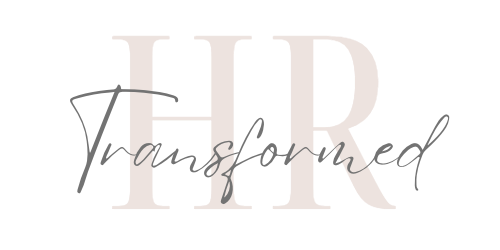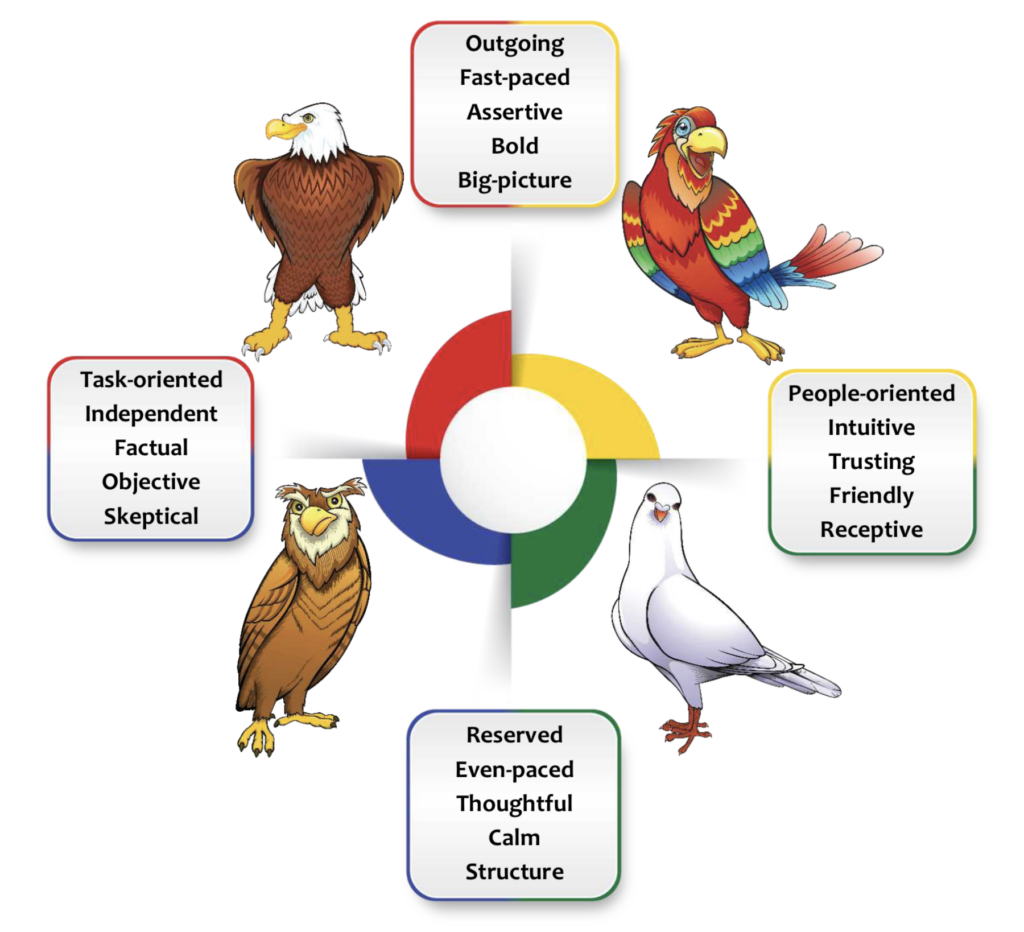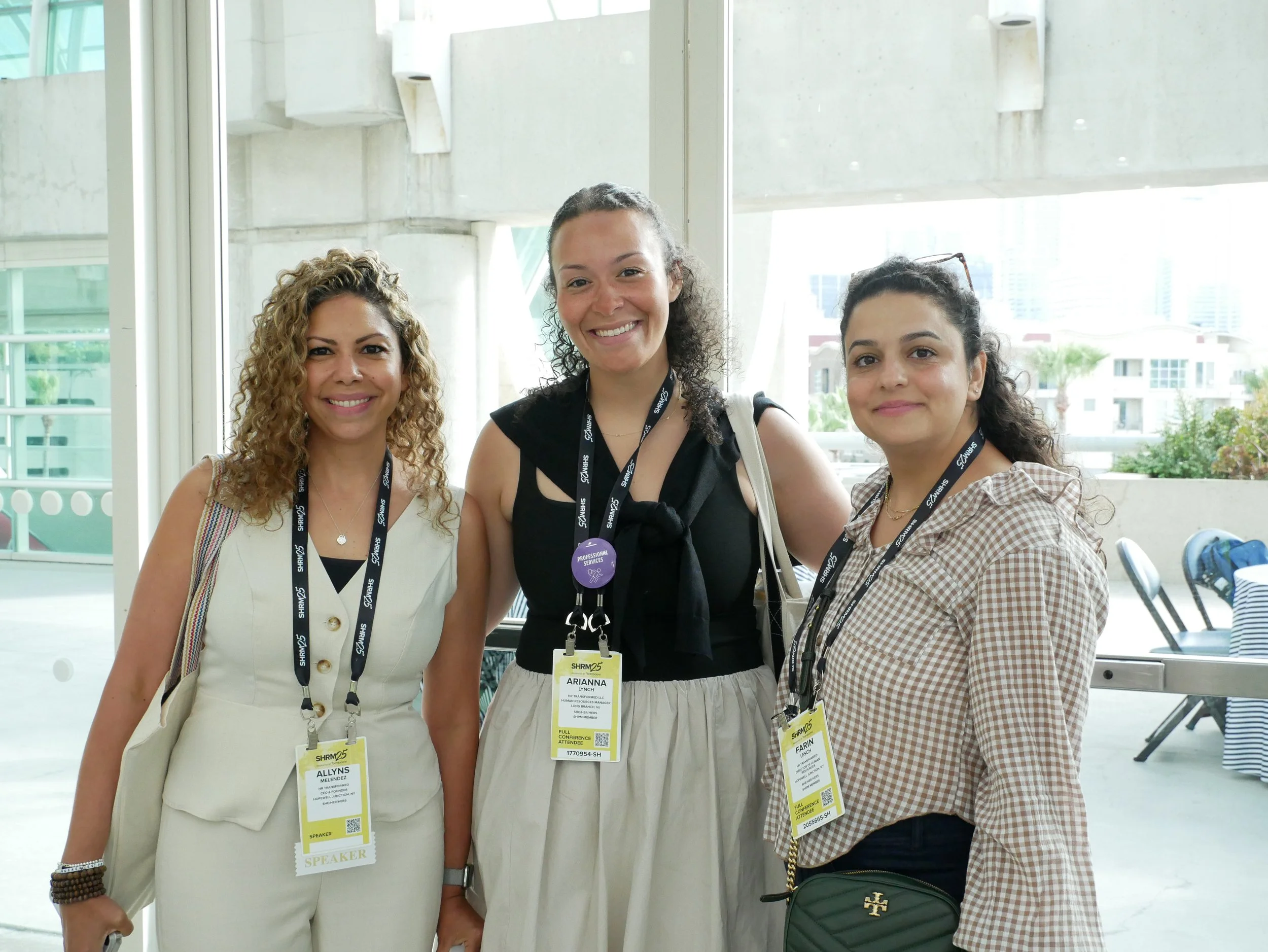Management Style Matters: Why Pairing the Right Manager with the Right Employee is Key to Your Business’
Written By: Brenda Quach
Not every manager is the right fit for every employee.
And yet, when assigning team leads or building org charts, it’s rarely part of the conversation. We assume it’ll work itself out.
When a strong hire isn’t performing, or a manager is struggling with someone new, it’s often not a performance problem. According to Gallup, “managers account for at least 70% of the variance in employee engagement scores. An employee’s buy-in to your company can be drastically affected by their experience with their manager. So, how do we make these partnerships productive?
Where It Starts: Onboarding
Most onboarding programs focus on systems, tools, and compliance.
But the best ones also get ahead of work style differences. The goal is to start the relationship off on a shared ground of understanding.
You can create this by asking simple questions such as:
How do you prefer to communicate? (Slack, calls, written notes?)
What level of check-in feels supportive vs. micromanaging?
Do you want real-time feedback or a weekly debrief? Public shoutouts or private 1:1s?
How do you tend to operate under pressure? What helps you reset?
Have you ever done a DISC or personality style assessment?
DISC is a simple but powerful behavioral framework that we use often with teams. We use the bird analogy, to make it more accessible and memorable. Knowing your bird type helps everyone work more smoothly together and understand stress behavior, communication styles and motivators.
These preferences may seem small; however, they shape trust, productivity, and how long someone stays. This strong foundation also assists in alleviating communication issues during times of high stress.
A stressed Owl might freeze, a Parrot might spiral into distraction, a Dove might shut down, and an Eagle might bulldoze ahead. These shifts can look like performance issues, but they’re often just stress signals. When managers can spot and adjust for them, teams bounce back faster.
When It’s Not Clicking
Even with good intentions, not every pairing works. What matters is how soon you spot the signs.
What to watch out for:
Missed deadlines or vague status updates.
Disengaged tone in meetings.
Manager venting that someone’s “just not getting it”.
Lack of communication.
Checkpoints to build in:
2-3 weeks after onboarding or re-org: Quick pulse from both sides.
30-60 days in: Look for gaps in clarity, energy, or follow-through.
Quarterly reviews: Go beyond KPIs. Talk about how the working relationship feels.
Create space for the employee to provide feedback on what’s working regularly.
Include a dedicated "Feedback" section for this two-way exchange.
Questions Worth Asking
When you suspect that a partnership is not working, make sure you are asking thoughtful questions of both sides to get the full picture.
For employees:
“Do you feel like you have what you need to do your best work?”
“What kind of feedback helps you grow?”
“How do you stay aligned with your manager?”
For managers:
“Have you adjusted your approach for this person?”
“Where are you feeling stuck?”
“Have you had an open conversation about how they like to work?”
If It’s Still Not Working
Mismatch isn’t failure. It just needs attention and thoughtful work towards a shared understanding.
Here’s what we recommend:
Support both sides. Bring in coaching, working style tools, assessments, or a facilitated 1:1 to reset expectations.
Adjust what you can. That could mean shifting responsibilities, assigning a new mentor, or changing how feedback flows.
Document what works. Use what you learn to inform future onboarding, especially for new managers or restructured teams.
Bottom Line
The right hire in the wrong dynamic can look like a bad fit.
But most of the time, it’s a communication miss. Not a lost cause.
Get clear on how your people work and lead, before performance slips.
It’s not just a culture move: it’s a retention one.
How HR Transformed Can Help
We work with teams every day to make these dynamics easier to navigate, not just when there’s conflict, but before it starts.
Here’s how we can support:
Manager Coaching: We help leaders understand and flex their style based on who they’re managing, not just what they prefer.
Working Style Guides: Simple tools to help teams map out how they like to communicate, give feedback, and stay aligned.
Facilitated Conversations: Sometimes it just takes a third party to ask the right questions and get people reconnected.
Better Onboarding: We build onboarding processes that cover how people work, not just what they do, so mismatches don’t catch you off guard later.
DISC & Birds Training: We offer team-based DISC assessments that help everyone understand their own bird and others’. It’s a fun way to build trust, improve communication, and reduce stress across your team.
If you’ve got a team dynamic that feels “off,” we can help you figure out if it’s flexible and how to move forward. Get started here.




